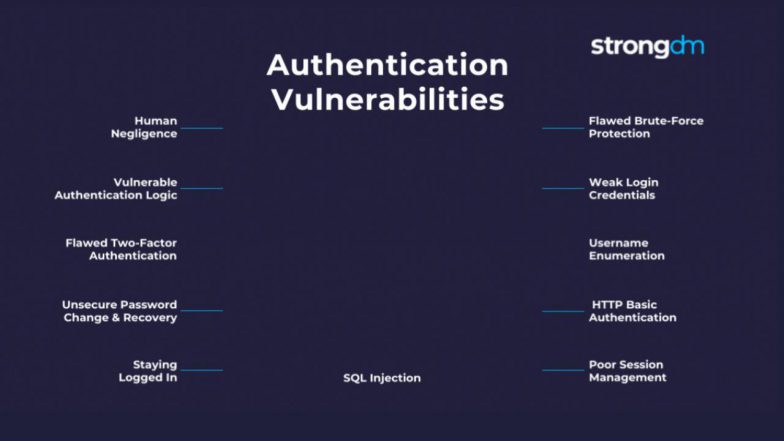Summary
The primary cybersecurity challenges with identity and authentication systems stem from a combination of human vulnerabilities, technical weaknesses in protocols and implementations, and the sheer complexity of modern IT environments.
Source: Gemini AI Overview – 11/6/2025
OnAir Post: Identity and Authentication
About
Source: Gemini AI Overview – 11/6/2025
Human Vulnerabilities
- Weak and Reused Passwords: Users often choose simple, easily guessable passwords or reuse the same credentials across multiple platforms due to “password fatigue”. This makes accounts susceptible to brute-force attacks and large-scale credential stuffing attacks using leaked databases.
- Phishing and Social Engineering: Attackers exploit human trust by using deceptive emails, texts, or phone calls to trick users into revealing their login credentials. Advanced techniques, including generative AI for more believable messages, make these attacks increasingly effective at bypassing security measures.
- Insider Threats and Negligence: Employees or contractors, either maliciously or accidentally, can misuse their access rights. Negligence, such as leaving a device unlocked in a public space or falling victim to a scam, can compromise system security.
Technical and Implementation Weaknesses
- Missing or Flawed Multi-Factor Authentication (MFA): While MFA adds a crucial layer of security, its absence is a significant vulnerability. Furthermore, flawed implementations (e.g., using easily intercepted SMS codes or not tying verification codes to specific user IDs) can allow attackers to bypass it entirely through methods like SIM swapping or Adversary-in-the-Middle (AiTM) attacks.
- Insecure Session Management: Attackers can hijack valid, authenticated sessions by stealing session identifiers (tokens or cookies) if session management is poor, for example, due to a lack of timeouts or insecure storage.
- Vulnerable Authentication Logic: Errors in application logic can create loopholes that allow attackers to bypass the authentication process or perform username enumeration to facilitate further attacks.
- Legacy Systems and Outdated Protocols: Older systems often rely on insecure or outdated authentication mechanisms (like HTTP Basic Authentication) that lack modern security features and are more susceptible to exploitation.
- Misconfigurations: Errors in system or application configuration, such as leaving APIs unsecured or misconfigured cloud storage, can unintentionally expose sensitive data and create security risks.
Complexity of Modern Environments
- Identity Sprawl and Lack of Visibility: In large organizations with multiple cloud services and applications, managing user identities across disparate systems (identity sprawl) is complex. A lack of centralized visibility makes it difficult to track who has access to what, detect unusual activity, and manage the user lifecycle effectively.
- Over-Privileged Access and “Privilege Creep”: Users often accumulate more access rights than necessary for their job functions over time. This “least privilege” principle violation significantly increases the potential damage if an account is compromised.
- Non-Human Identities: Modern environments involve numerous application, API, and service accounts (non-human identities) that require different management protocols but are often overlooked, expanding the potential attack surface.
- Balancing Security and User Experience (UX): Implementing robust security measures can sometimes frustrate users or create cumbersome processes, leading them to seek insecure workarounds. Finding the right balance between strong security and seamless UX remains a key challenge


